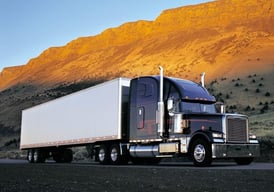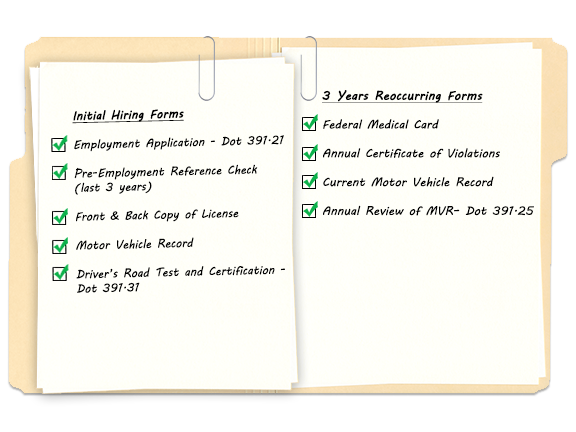 Having an attractive employee benefits option is more important than ever before. Attracting and retaining talent has become increasingly difficult and offering a quality benefits package can play a large role in the process.
Having an attractive employee benefits option is more important than ever before. Attracting and retaining talent has become increasingly difficult and offering a quality benefits package can play a large role in the process.
In addition, you may want to protect your company from the risks associated with offering employee benefits. While employers have traditionally insured their employee benefits risks through an outside insurance carrier, the increased demand for employee benefits has resulted in an inflation of costs. Because of this, many employers have opted to cut out insurance carriers altogether and fund their group employee benefits risks with captives.
If you aren’t familiar with captives, let’s start with the basics. Captives are a form of self-insurance in which the insured owns the insurer. They are created and owned by at least one non-insurance company for the purpose of insuring the employee benefits risks of its owner. A captive can offer significant savings and become a substantial long-term investment. However, they may not provide the same benefits for every company, and the return on investment may be low.
R&R Insurance has extensive experience in the world of employee benefits. We welcome the opportunity to discuss the advantages and disadvantages of captives with your organization.
Information provided by Zywave, Inc


 Learn more about how to protect your organization from the most commonly cited OSHA standards and frequently misunderstood safety practices.
Learn more about how to protect your organization from the most commonly cited OSHA standards and frequently misunderstood safety practices.  ith another year in the books, we took a look back at the top 5 most popular R&R articles of last year.
ith another year in the books, we took a look back at the top 5 most popular R&R articles of last year. According to OSHA, establishing a safety and health program in your workplace is one of the most effective ways of protecting your most valuable asset: your workers. Losing workers to injury or illness, even for a short time, can cause significant disruption and cost to you as well as the workers and their families. It can also damage workplace morale, productivity and turnover.
According to OSHA, establishing a safety and health program in your workplace is one of the most effective ways of protecting your most valuable asset: your workers. Losing workers to injury or illness, even for a short time, can cause significant disruption and cost to you as well as the workers and their families. It can also damage workplace morale, productivity and turnover. As much as we all love the holidays, there can be a lot of stress that comes along with the joy and celebration. One of the stressors for many of us is driving, especially after a holiday party or celebration.
As much as we all love the holidays, there can be a lot of stress that comes along with the joy and celebration. One of the stressors for many of us is driving, especially after a holiday party or celebration. The Wisconsin Compensation Rating Bureau is now requiring a mandatory audit noncompliance charge (ANC). Effective January 1, 2017 any insured who does not comply with a workers compensation audit will be billed an additional two times the estimated workers compensation premium.
The Wisconsin Compensation Rating Bureau is now requiring a mandatory audit noncompliance charge (ANC). Effective January 1, 2017 any insured who does not comply with a workers compensation audit will be billed an additional two times the estimated workers compensation premium. Is your organization looking for a way to streamline the audit process for safety and compliance? Do you struggle to create and maintain audits, surveys or questionnaires?
Is your organization looking for a way to streamline the audit process for safety and compliance? Do you struggle to create and maintain audits, surveys or questionnaires?
 ect to be contacted by your carrier. You will be receiving either a letter or a phone call, asking for your actual payroll numbers so that they can “true up” your premium.
ect to be contacted by your carrier. You will be receiving either a letter or a phone call, asking for your actual payroll numbers so that they can “true up” your premium.